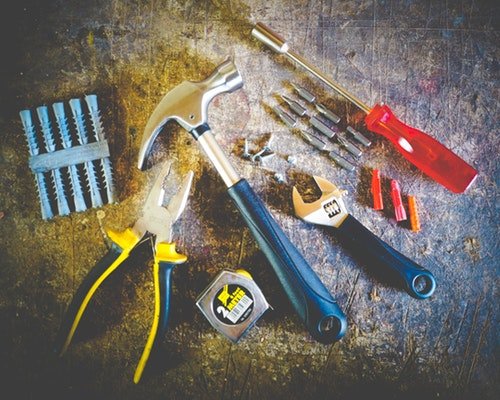Skylights can be great because they can connect your home to the nature around it. Giving you a flood of natural light and awesome views of starry nights, what’s not to love?
However, like most things in the home skylights can run into some issues.
Many building experts view skylights as the weak link in the chain of the home because they are exposed to extreme temperature and pressure.
What Could Go Wrong?
Some of the most common and known problems with skylights are water leakage, but other issues arise such as:
- excess daylight, glare and UV (ultra-violet radiation) damage
- energy loss
- overheating
- roof ventilation problems
- ice dams
What Causes These Problems?
Normal wear, poor installation, and location of the skylight are all catalysts for problems.
- Many skylights use gaskets and deck seals or flashing, and over time they are susceptible to the typical wear and tear. Regular re-flashing and re-sealing can prevent water leakage.
- A skylight that has been properly installed will rarely fail in the first few years, but one that hasn’t been done well will show problems fairly quickly. Keep an eye on skylights with low levels of insulation or sealing on the underside of the skylight.
- Skylights placed in bathrooms are not a good idea. This is a room with high-humidity, and the large amounts of condensation can lead to cracks and serious moisture problems.
In addition to these issues repairing the skylight can be an issue in itself.
Due to awkward locations and placements being able to reach the skylight to repair can be a rather burdensome task. While inconvenient, it’s not impossible.
What Can I Do?
Although most of the problems we’ve discussed today are out of your control, some issues stem from poor homeowner care. Thanks to inconvenient placement many people put off cleaning their skylight.
However, you should strongly considering hiring a professional service like a window cleaner to get the skylight for you. Regular upkeep will extend the life of your skylight.
If you’re unable to contract a pro, don’t worry, there’s plenty you can do to take care of your skylight! Before getting started, you should find out what material your skylight is made out of; they aren’t made out of glass like typical windows, but rather acrylic or polycarbonate.
Cleaning them with household window cleaners or ammonia could destroy them.
What Can I Use?
- Liquid dish soap
- Long-handle dry mop
- Auto wax
- Cleaning cloths or clean rags
- Power washer (outside of skylights only)
- Cellulose sponge or long-handled cellulose sponge mop
Make sure you have a safe and sturdy path to the skylight then remove all the dust and debris, wash the windows, and finish by applying a thin layer of auto wax to the clean, dry window.
We Want to Hear From You!
Have you come across any of these issues with your skylight? Have you attempted to clean it yourself? Let us know about your own experience!
If you have any doubts about any issues in your home today, don’t hesitate to get in touch with us.





